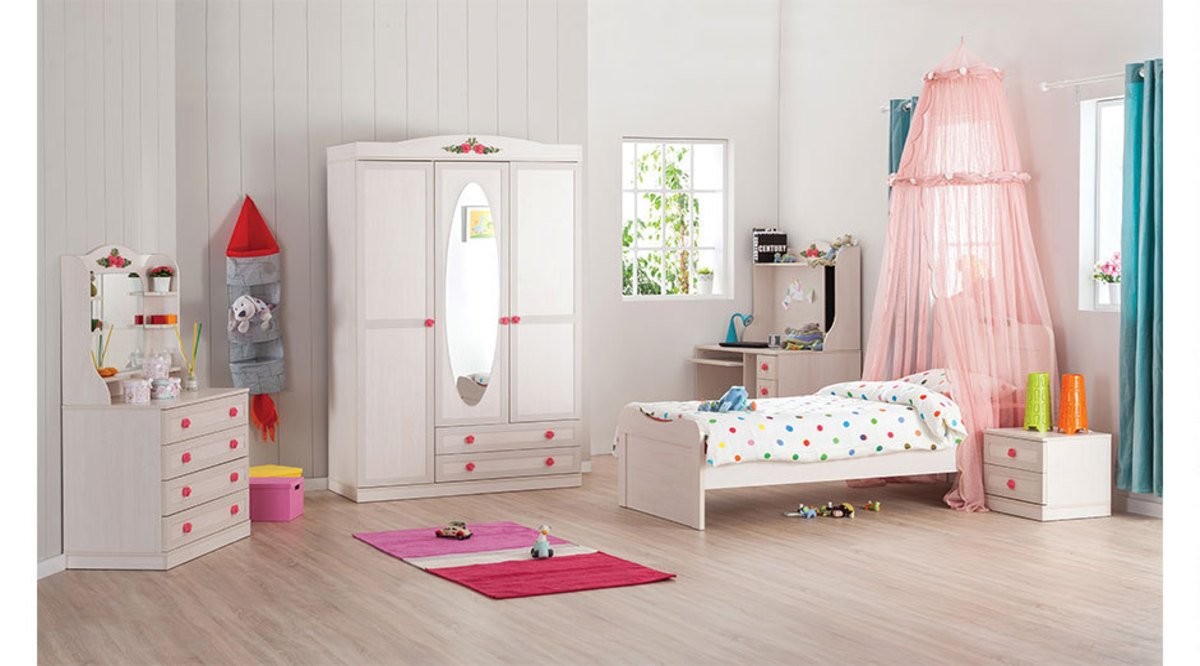Introduction
Cradle cap and baby hair loss are common conditions that affect many infants. While they can cause concern for parents, it's essential to understand that both conditions are generally harmless and typically resolve on their own over time.
Cradle Cap
Cradle cap is a common skin condition characterized by yellowish, greasy, and scaly patches on a baby's scalp. It is not contagious and not caused by poor hygiene. Although the exact cause is unknown, it is believed to be related to the excessive production of oil in the oil glands and an overgrowth of a harmless yeast called Malassezia.
Cradle cap usually appears within the first few weeks after birth and may last for a few weeks or a few months. It rarely causes discomfort or itching. Gentle measures such as regular shampooing with a mild baby shampoo and brushing the scalp with a soft brush or comb can help remove the scales. In more severe cases, a pediatrician may recommend a medicated shampoo or cream.
Baby Hair Loss
It's not uncommon for babies to experience hair loss, particularly in the first six months of life. This condition is known as Telogen Effluvium, and it occurs when a significant number of hair follicles enter the resting phase simultaneously.
Hair loss in infants can be caused by hormonal changes, stress during birth, rubbing of the scalp against surfaces such as bedding or car seats, or even from frequent use of certain baby care products. It is important to note that infant hair loss is temporary and the hair will generally grow back naturally within a few months.
Preventive Measures
When it comes to cradle cap, prevention is challenging as the exact cause is still unknown. However, certain steps can be taken to reduce its severity and duration:
- Regularly wash your baby's scalp with a gentle baby shampoo.
- Gently brush your baby's scalp with a soft brush or comb to loosen and remove scales.
- Avoid using harsh or scented baby care products.
To minimize baby hair loss, consider the following:
- Avoid any undue pressure or friction on the baby's scalp.
- Use gentle baby care products and avoid excessive use of hats or hair accessories.
- Give your baby regular tummy time to avoid prolonged pressure on the back of the head.
When to Consult a Doctor
In most cases, cradle cap and baby hair loss do not require medical intervention. However, it is recommended to consult a pediatrician if:
- The scalp becomes increasingly red, inflamed, or starts to drain fluid.
- Your baby shows signs of discomfort or itching.
- The hair loss is patchy or doesn't seem to grow back gradually over time.
Conclusion
Cradle cap and baby hair loss are common occurrences in infants that usually resolve naturally over time. While they may cause some concerns for parents, understanding the causes and taking preventative measures can help manage these conditions effectively. If you have any concerns, it is always advisable to consult with a pediatrician for a proper assessment and guidance.



 79
79